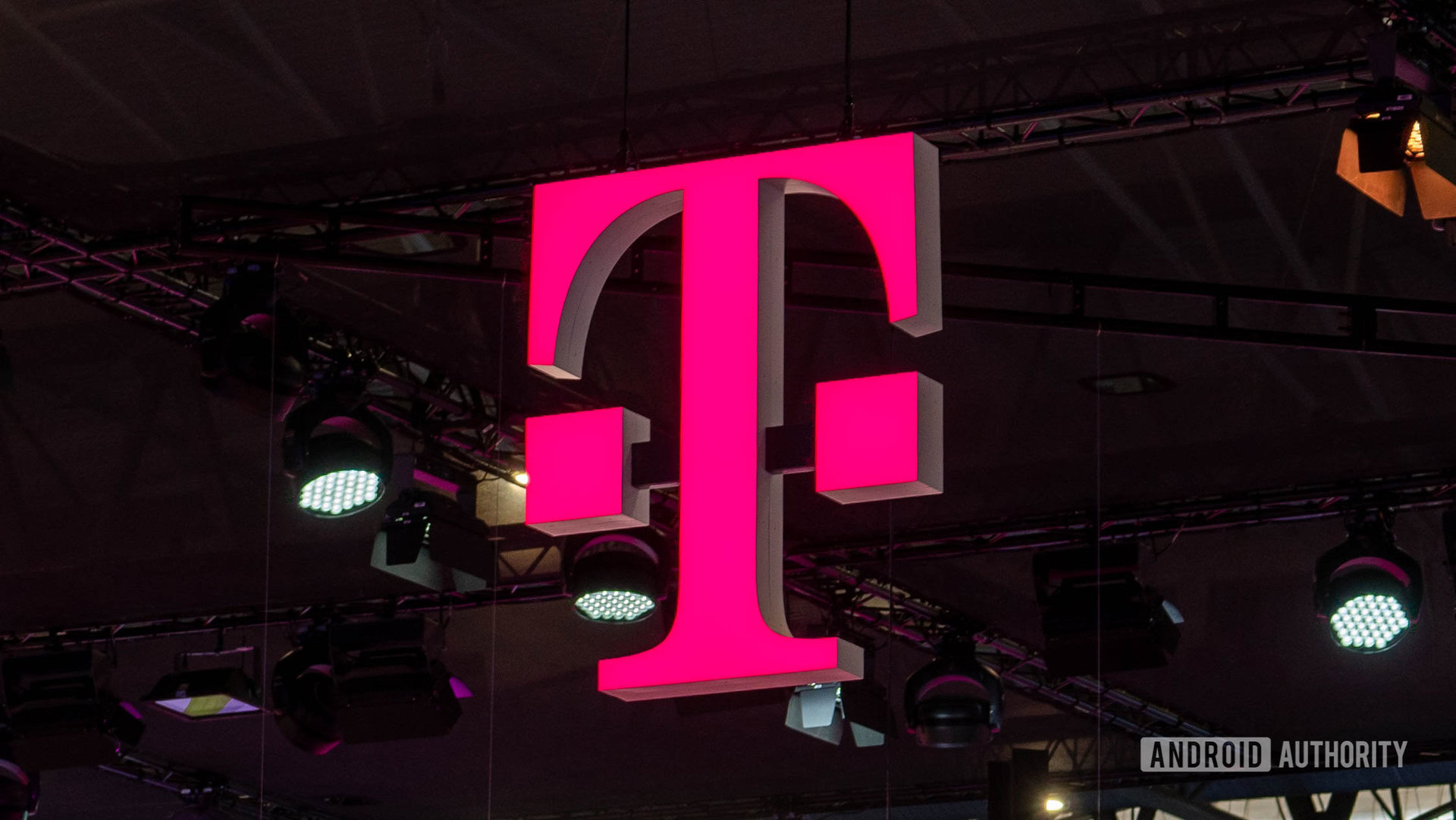Affiliate links on Android Authority may earn us a commission. Learn more.
T-Mobile is bringing Starlink satellite coverage to users (with a big catch)
August 26, 2022

- T-Mobile and SpaceX have announced satellite coverage via Starlink.
- The satellite coverage is limited to texting for now.
- Expect a beta program by the end of next year.
T-Mobile and SpaceX teased a connectivity-related announcement earlier this week, and the duo has now revealed that T-Mobile customers can get satellite coverage via the Starlink satellite fleet.
The two companies noted that over half a million square miles of the US are still uncovered by any cellular provider, pointing to land-use restrictions, terrain challenges, or the sheer size of the country in general. Fortunately, T-Mobile is now tapping Starlink’s satellite constellation for coverage in the continental US, Hawaii, Alaska, Puerto Rico, and territorial waters.
This coverage — which uses T-Mobile’s mid-band spectrum — is limited to texting only right now though. More specifically, the announcement notes that only SMS, MMS, and “participating” messaging apps are supported.
No data/voice connectivity for now
“Afterwards, the companies plan to pursue the addition of voice and data coverage,” read an excerpt of the press release. So if you’re in the middle of nowhere and want full-fledged satellite data coverage on your phone, you might be disappointed for now.
Fortunately, the two companies note that the vast majority of phones on T-Mobile’s network are capable of supporting this feature out-of-the-box. So you don’t have to buy a specific phone, download firmware updates, or install a specific app if you want satellite coverage for texting.
Keen to take advantage of this feature? SpaceX and T-Mobile say they’ll offer a beta program by the end of next year. We’re in for a long wait then, but this should still be a welcome addition for people living and/or working in remote areas that remain without cellular connectivity. It also comes ahead of the iPhone 14 series launch, as rumors persist that Apple could offer satellite coverage for emergencies.
Thank you for being part of our community. Read our Comment Policy before posting.